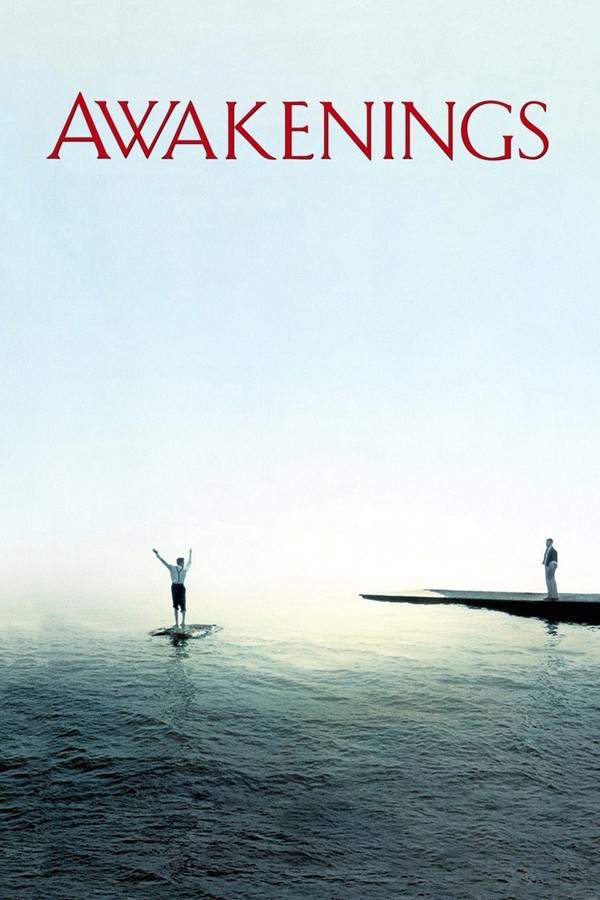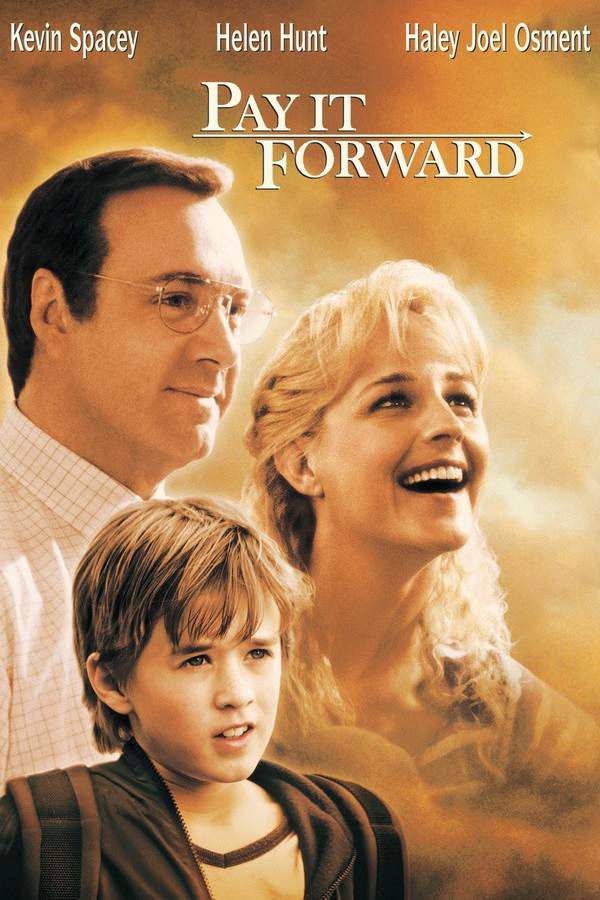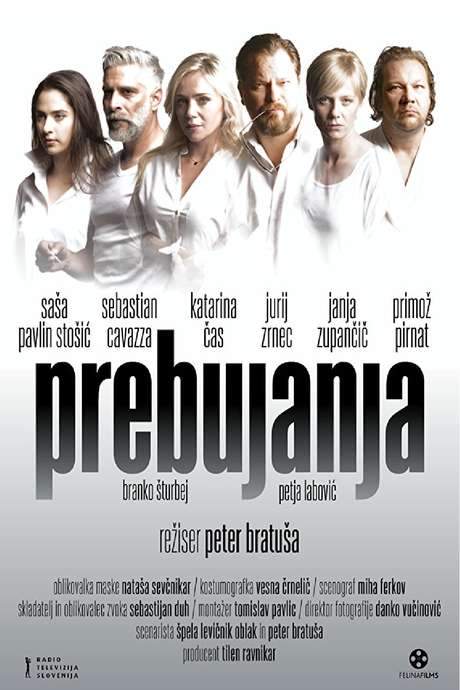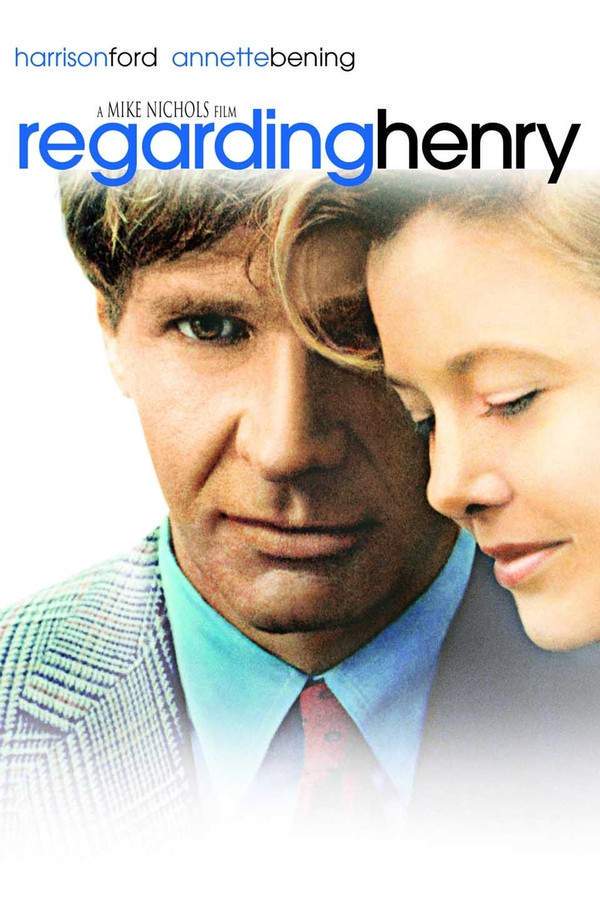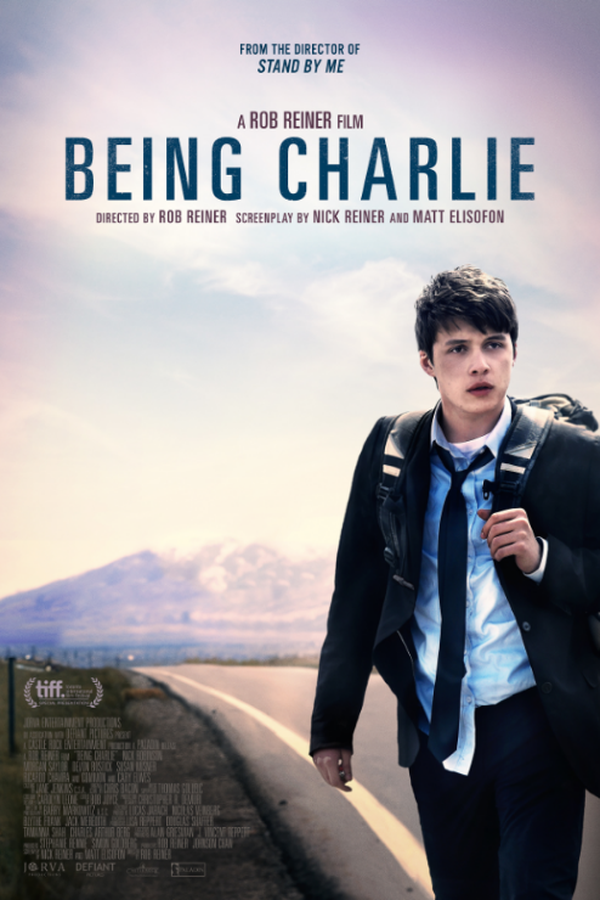
The Other Side of the Mountain
Year: 1975
Runtime: 103 mins
Language: English
Director: Larry Peerce
One year before the Olympics, 18‑year‑old skiing champion Jill Kinmont suffers a competition fall that leaves her paralysed. Her world shifts dramatically, and she confronts a grueling rehabilitation process, battling physical limitations and emotional loss as she strives to regain independence and rebuild her life.
Warning: spoilers below!
Haven’t seen The Other Side of the Mountain yet? This summary contains major spoilers. Bookmark the page, watch the movie, and come back for the full breakdown. If you're ready, scroll on and relive the story!
Timeline & Setting – The Other Side of the Mountain (1975)
Explore the full timeline and setting of The Other Side of the Mountain (1975). Follow every major event in chronological order and see how the environment shapes the story, characters, and dramatic tension.
Last Updated: October 04, 2025 at 19:22
Main Characters – The Other Side of the Mountain (1975)
Meet the key characters of The Other Side of the Mountain (1975), with detailed profiles, motivations, and roles in the plot. Understand their emotional journeys and what they reveal about the film’s deeper themes.
Last Updated: October 04, 2025 at 19:22
Major Themes – The Other Side of the Mountain (1975)
Explore the central themes of The Other Side of the Mountain (1975), from psychological, social, and emotional dimensions to philosophical messages. Understand what the film is really saying beneath the surface.
Last Updated: October 04, 2025 at 19:22
Explore Movie Threads
Discover curated groups of movies connected by mood, themes, and story style. Browse collections built around emotion, atmosphere, and narrative focus to easily find films that match what you feel like watching right now.
Movies about resilient human spirit like The Other Side of the Mountain
Stories where profound loss is met with quiet, determined hope.Discover movies like The Other Side of the Mountain that showcase the bittersweet triumphs of the human spirit. If you were moved by Jill Kinmont's journey of rebuilding her life after tragedy, you'll find similar stories of overcoming adversity, finding new purpose, and enduring hope in the face of immense challenges.
Narrative Summary
Narratives in this thread typically follow a linear, character-driven arc. A protagonist experiences a sudden, life-shattering event that forces them to confront a new reality. The central conflict is their internal and external struggle to adapt, find meaning, and achieve a form of victory that is deeply intertwined with their loss, resulting in a conclusion that acknowledges both pain and progress.
Why These Movies?
Movies are grouped here for their shared emotional journey: a heavy, bittersweet tone centered on resilience. They feature a steady, introspective pacing that allows for deep character connection and focus on the psychological and physical process of overcoming a devastating setback.
Sobering character studies like The Other Side of the Mountain
Character studies where a single moment changes everything.Explore a collection of introspective dramas similar to The Other Side of the Mountain. If you appreciated the film's steady, reflective look at adapting to a new life after an accident, these movies deliver powerful character studies about coping with sudden change, loss, and the slow process of emotional acceptance.
Narrative Summary
The narrative pattern involves an inciting incident—often an accident, diagnosis, or loss—that irrevocably shatters the protagonist's world. The bulk of the story is a linear exploration of their adjustment, dealing with practical challenges, societal attitudes, and profound grief. The conflict is primarily internal, a battle for acceptance and the redefinition of self, leading to an ending that may not be conventionally happy but represents a form of hard-earned peace.
Why These Movies?
These films share a specific mood and pacing: they are melancholic, reflective, and sobering, with a steady rhythm that mirrors the often-grueling reality of processing a major life change. They possess a heavy emotional weight and avoid sensationalism, preferring an honest, grounded approach to their subject matter.
Unlock the Full Story of The Other Side of the Mountain
Don't stop at just watching — explore The Other Side of the Mountain in full detail. From the complete plot summary and scene-by-scene timeline to character breakdowns, thematic analysis, and a deep dive into the ending — every page helps you truly understand what The Other Side of the Mountain is all about. Plus, discover what's next after the movie.
The Other Side of the Mountain Summary
Read a complete plot summary of The Other Side of the Mountain, including all key story points, character arcs, and turning points. This in-depth recap is ideal for understanding the narrative structure or reviewing what happened in the movie.

The Other Side of the Mountain Timeline
Track the full timeline of The Other Side of the Mountain with every major event arranged chronologically. Perfect for decoding non-linear storytelling, flashbacks, or parallel narratives with a clear scene-by-scene breakdown.

More About The Other Side of the Mountain
Visit What's After the Movie to explore more about The Other Side of the Mountain: box office results, cast and crew info, production details, post-credit scenes, and external links — all in one place for movie fans and researchers.




